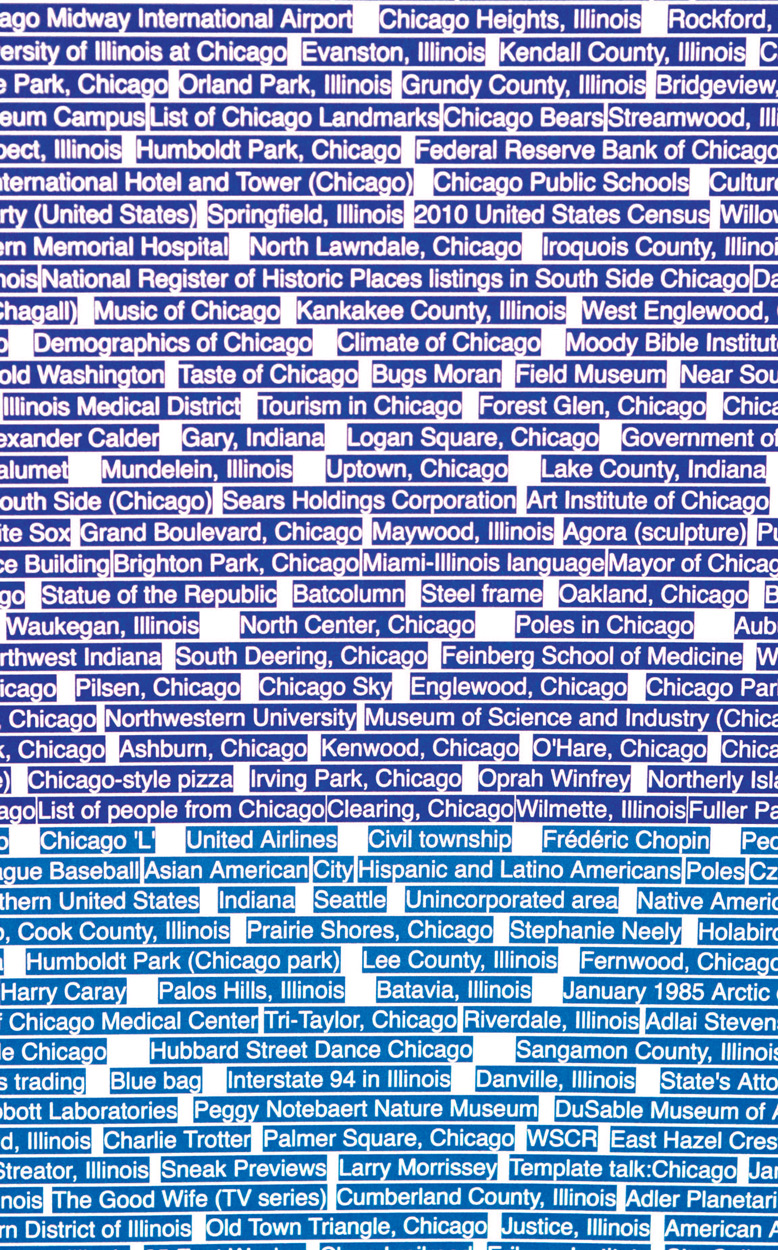Professor and alum pioneers a new art form and coins the term "bio art."
A flower that expresses its creator’s DNA in red veins on the petals. A rabbit that glows bright green under blue light. Bacteria with text from the Bible encoded into its DNA that can be mutated by a remote audience. SAIC Professor and alum Eduardo Kac (MFA 1990) revels in the freedom of creating new worlds.
Kac has always stayed in step with rapid developments in technology and two steps ahead of the avant-garde. He is credited with coining the term “bio art,” and his work has evolved with the times. In the 1980s he worked in pre-Internet telecommunications art; in the early ‘90s, he delved into telerobotics and organic life; and in the late ‘90s he became his own biotechnology subject and the first human to implant a microchip in his body.
In the new millennium, Kac further experimented with genetic modification and engineering, creating his most famous work, GFP Bunny (2000), a fluorescent rabbit injected with jellyfish DNA. He pushed the boundaries of interspecies experimentation with Natural History of the Enigma (2009), in which he spliced his DNA into a petunia to create a hybrid “plantimal.”
His work raises many ethical and social questions. The implications are both transfixing and chilling, foreshadowing a futuristic society in which man exercises the power to “play God,” exhibiting dominion over the laws of the natural world. However, Kac does not see his work as breaking with the natural order. He is a pioneer, merging art, science, and technology to create a new frontier. That’s Beautiful/Work.

_W.jpg)

